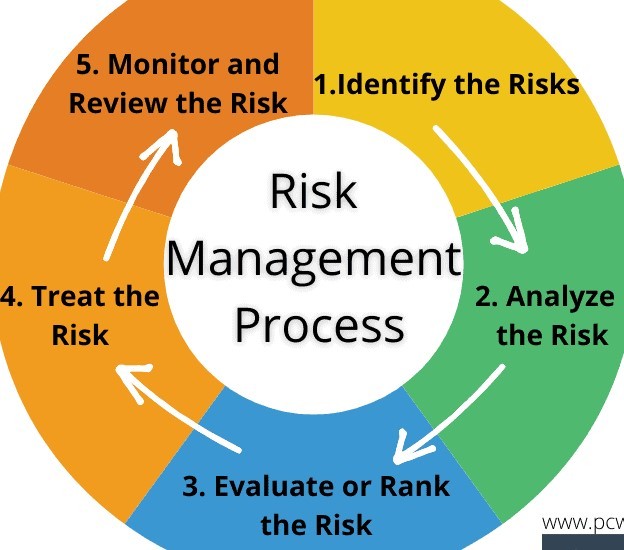A Thorough Guide to Understanding the Importance of Risk Management
A Thorough Guide to Understanding the Importance of Risk Management
Blog Article
Discovering the Importance of Risk Management for Effective Decision-Making Strategies
In the complex world of business, Risk Management emerges as an essential element in the decision-making process. The capacity to identify possible hazards and chances, and strategize accordingly, can mean the difference in between success and failing.
Recognizing the Concept of Risk Management
Risk Management, a critical element in decision-making, is typically misunderstood or oversimplified. Risk Management includes structured and self-displined methods, utilizing information and insightful analyses. From financial unpredictabilities, lawful liabilities, critical Management mistakes, to mishaps and natural calamities, it attends to various threats - importance of risk management.
The Function of Risk Management in Decision-Making Processes
In the world of critical planning and company procedures, Risk Management plays an essential duty in decision-making processes. Risk Management thus comes to be an essential tool in decision-making, aiding leaders to make educated selections based on an extensive understanding of the risks involved. Risk Management offers as an important part in the decision-making processes of any type of organization.

Exactly How Risk Management Boosts Strategic Preparation
In the context of tactical preparation, Risk Management plays a crucial function. Starting with the identification of potential dangers, it even more reaches the execution of Risk mitigation steps. The role of Risk Management is vibrant but not fixed, as it demands constant monitoring and adjusting of strategies.
Recognizing Possible Dangers

Applying Risk Reduction
Risk reduction approaches can vary from Risk avoidance, Risk transfer, to run the risk of decrease. Each strategy should be customized to the certain Risk, considering its possible influence and the organization's Risk resistance. Effective Risk mitigation requires a deep understanding of the Risk landscape and the prospective impact of each Risk.
Monitoring and Readjusting Techniques
Though Risk reduction is an important action in calculated preparation, constant tracking and change of these techniques is similarly vital. It additionally offers a chance to examine the success of the Risk Management procedures, enabling modifications to be made where essential, more boosting critical preparation. Surveillance and readjusting Risk Management strategies is a crucial component for boosting a company's durability and tactical planning.
Case Studies: Successful Risk Management and Decision-Making
In the world of service and financing, successful Risk Management and decision-making usually serve as the importance of risk management pillars of flourishing ventures. These cases highlight the worth of astute Risk Management in decision-making procedures. These cases highlight the crucial duty of Risk Management in strategic decision-making.
Devices and Methods for Reliable Risk Management
Browsing the intricate puzzle of Risk Management needs the ideal set of methods and tools. These devices, such as Risk signs up and warmth maps, help in determining and evaluating prospective dangers. Techniques consist of both quantitative methods, like sensitivity analysis, and qualitative techniques, such as SWOT evaluation. These assistance in prioritizing risks based on their prospective influence and likelihood. Risk action strategies, a crucial element of Risk Management, entail accepting, avoiding, transferring, or mitigating threats. Surveillance and managing risks, with routine audits and reviews, guarantee that the methods stay reliable. With these strategies and tools, decision-makers can browse the facility landscape of Risk Management, thereby promoting educated and efficient decision-making.
Future Fads in Risk Management and Decision-Making Methods
As we check out the substantial landscape of Risk Management, it becomes evident that the techniques and devices made use of today will certainly proceed to progress. The principle of Risk culture, where every member of an organization is conscious and entailed in Risk Management, will acquire more importance. These trends herald a more inclusive find more information and proactive strategy towards Risk Management and decision-making.
Final thought

Risk Management hence ends up being a vital tool in decision-making, helping leaders to make educated options based on a comprehensive understanding of the risks entailed. Risk reduction techniques can vary from Risk avoidance, Risk transfer, to risk decrease (importance of risk management). Reliable Risk mitigation needs a deep understanding of the Risk landscape and the prospective influence of each Risk. Risk response methods, an essential component of Risk Management, entail accepting, staying clear of, transferring, or mitigating risks. The concept of Risk culture, where every member of a company is mindful and included in Risk Management, will gain more importance
Report this page